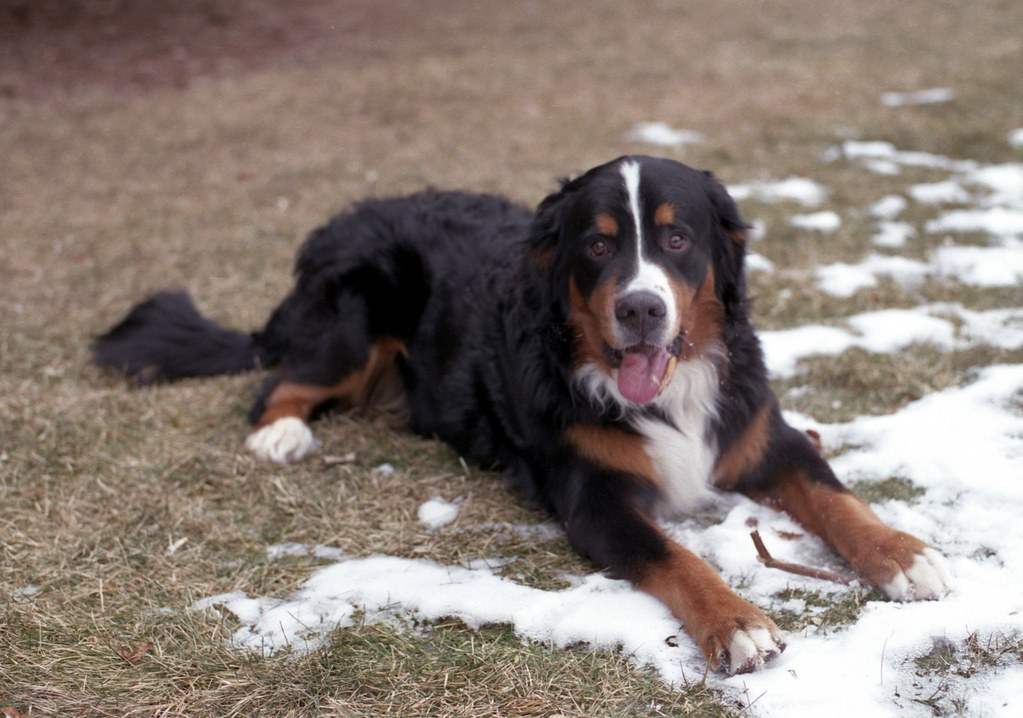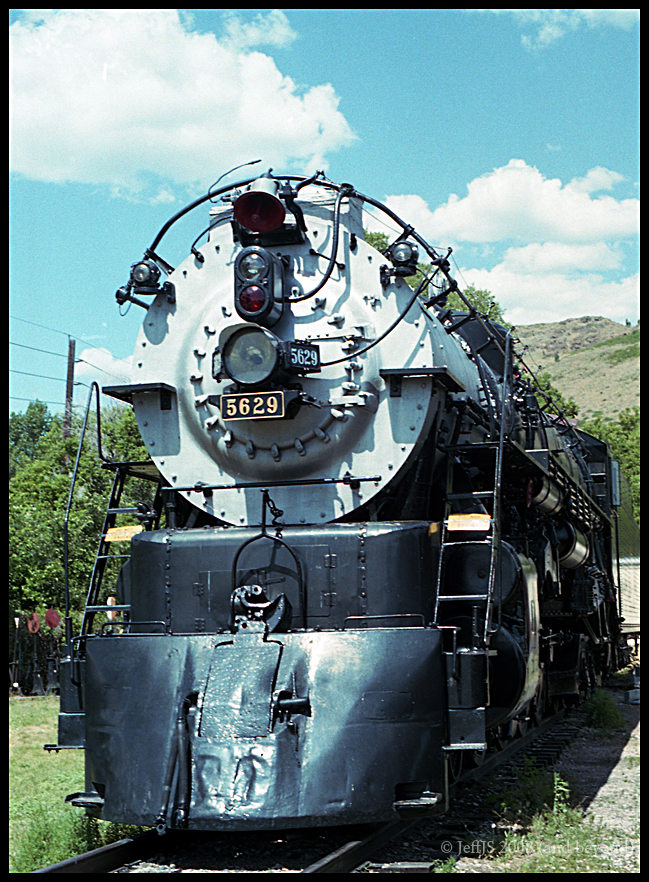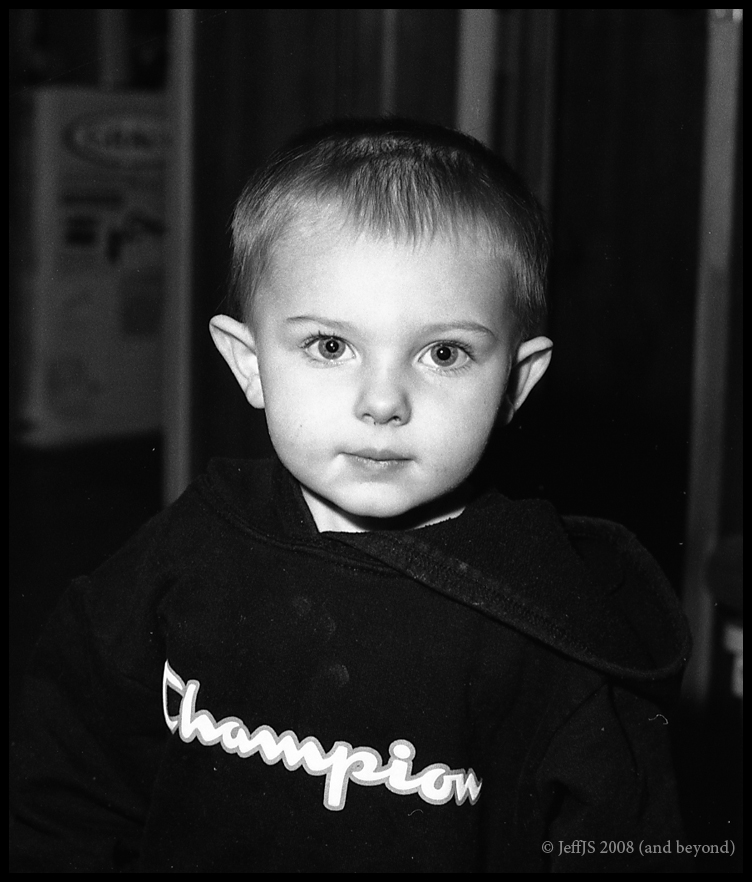@ little laker: No, no cropping there. That is the full image, shot on Kodak UltraMax 400. I've been told various things by the lab staff, from "The grain is in the negatives" to "maybe it was caused by development process", which is absurd, because we do tests and check rolls on our film processor twice daily to confirm chemistry balance and QC. If a mosquito sat on top of the film processor, they'd know about it. Development does not cause cubic grain; likewise, Kodak 400, despite the speed, does not have cubic grain. If you take my picture and zoom in to about 200%, you will clearly see grid pattern noise. I'm sure you noticed.
I'm contemplating either sending them to a better lab (which I know is gonna cost me) or getting a scanner. I did the math on Custom Color vs a scanner, and it would take me only about 40 rolls to have spent enough money to buy a Nikon CoolScan 5000ED. I've been looking at flatbeds and other scanning options that won't cause the wife to kick me out of the house, but nothing else seems to be able to deliver the detail of the Nikon unit. It's just so much money. I can still get my negs developed and given back to me through work if that looks to be the case, as I know there is nothing wrong with our development process.
Maybe it is the operator. I wanted to have more faith than that. Perhaps theres a compression control on the Noritsu scanning software? The noise and color issues look to be caused by poor JPEG compression. Anyone work with this more closely than I have? I've not been trained on the new software yet and thus have not used the machine (and we're forbidden on doing our own work).
@ Steinback: We used to have the best scans in town by a wide margin. Black's uses Fuji, and those scans were okay for learning with but not very good otherwise. Our machine was the Noritsu QSS3304, a honkin' mother of a machine, and the machine had been used in all of our various locations until this recent switch. Ironically, Wal-Mart still uses the machine that we have since gotten rid of, but I shudder to think of taking $10 rolls of film in there.
For reference, I also have a Kodak UltraMax 400 shot, this time scanned on the QSS3304 system. This was taken last year in the summer.



 Similar Threads
Similar Threads 











 )
)






 that I use with VueScan and multipass/multiexposure
that I use with VueScan and multipass/multiexposure












